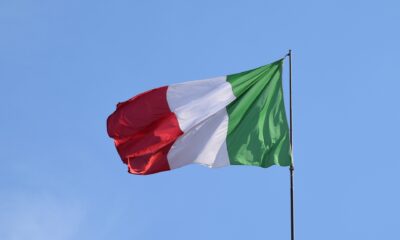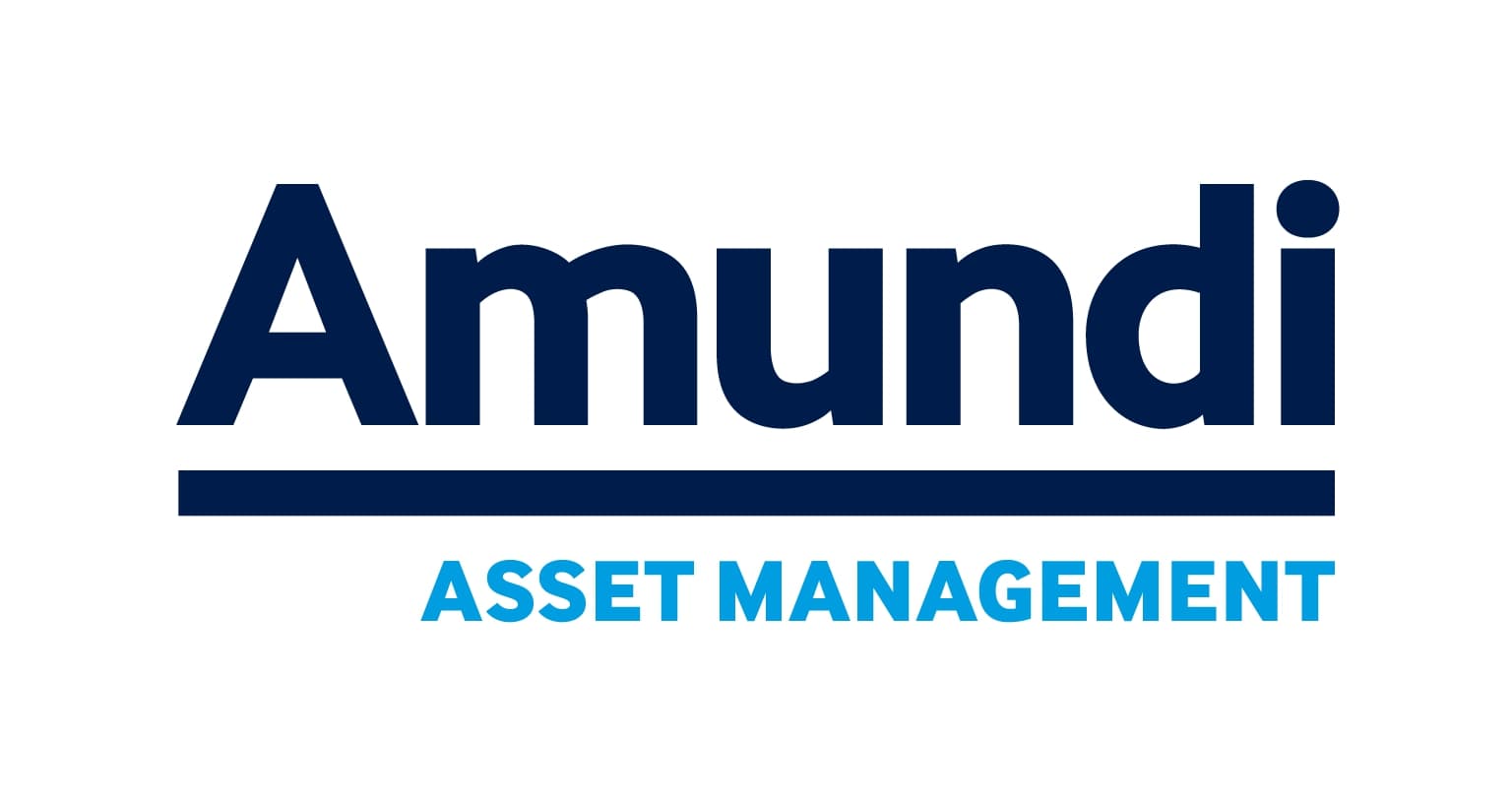Fears at the prospect of a global trade war has caused huge volatility in equity markets in 2018; yet for those looking to maintain long-term allocations to equities, there are segments of the equity market that tend to be less affected by the current issues. Small cap stocks in particular, many of which tend to be less global and more domestically-focused, generally export less than their large cap peers on a regional basis, which can provide some protection for future revenue streams. Revenue analysis underlines need for small cap diversification
Local revenue vs global revenue for small cap companies on a regional basis
Analysis shows that European small caps generate almost twice the weighted average revenue from within Europe as companies within the large cap focused MSCI Europe Index. This suggests that if investors have a desire to allocate to Europe but wish to invest in non-exporters, one approach is to focus on small cap equities. It’s also important to make the connection to currency performance, as export-oriented firms tend to benefit when their home currency weakens, and their goods and services become less expensive in their targeted markets abroad. Over the last 12 months1, the euro appreciated 16.2% against the U.S. dollar and the British pound appreciated 13.9% against the U.S. dollar.
Looking at other regions there are distinct differences. In Japan, small caps derive more than 80% of their weighted average revenue inside Japan. Emerging markets meanwhile exhibit the smallest difference when comparing the weighted average revenue distribution of smaller companies to larger companies.
U.S. small caps were in focus after President Trump’s 2016 election victory, as it was assumed that a Republican victory would result in corporate tax reform. U.S. small caps do derive a higher proportion of revenues from inside the U.S. than larger caps and therefore have greater potential for earnings growth now that corporate tax rates have been lowered.
For investors considering portfolio exposure and asset allocation to small cap equities, it is crucial to understand geographical revenue differences when considering which strategy may be most appropriate. Furthermore, deeper analysis shows that regional small caps indices also deliver distinctly different performance.
Small cap performance on a regional basis
The chart above shows that small cap stocks have underperformed in the U.S. over several time horizons but outperformed in Europe, Japan and the emerging markets. The U.S. comparison clearly exhibits a distinct difference to the other global regions shown, in that small caps underperformed large caps over each period.
On a one-year basis, the comparison was particularly challenging. A key contributor to this is that many global currencies have strengthened significantly against the U.S. dollar over the past year. This has created a tailwind for U.S. large cap multinational exporters, but since small cap companies don’t export to the the same extent, it has not impacted them to an equivalent degree.
Additionally, the strong performance of large cap U.S. equities exhibiting sensitivity to momentum as a factor, leading the industry and media to create acronyms like F-A-N–G (Facebook-Amazon-Netflix-Google) has also contributed to the large cap performance advantage.
Allocation to small cap equities can provide much-needed diversification for investors; but when considering portfolio exposure and asset allocation, it is important investors understand and consider geographical differences between performance and revenue streams.
Source: Bloomberg. Data is as of 31 Mar. 2018. Past performance is not indicative of future results. You cannot invest directly in an Index. USA refers to the difference in average annual returns of the WisdomTree U.S. SmallCap Dividend Index and the S&P 500 Index. Europe refers to the difference in average annual returns of the WisdomTree Europe SmallCap Dividend Index and the MSCI Europe Index, with returns measured in euro terms. Emerging Markets refers to the difference in average annual returns between the WisdomTree Emerging Markets SmallCap Dividend Index and the MSCI Emerging Markets Index. Japan refers to the difference in average annual returns between the WisdomTree Japan SmallCap Dividend Index and the MSCI Japan Index.
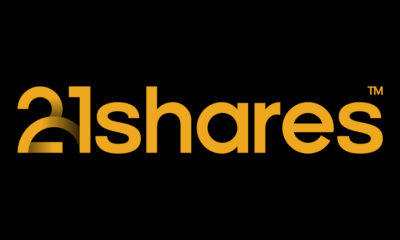
 Nyheter4 veckor sedan
Nyheter4 veckor sedan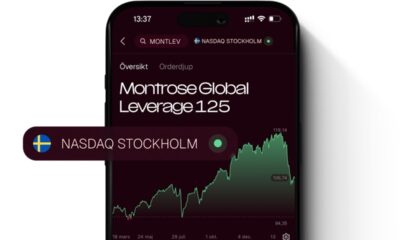
 Nyheter3 veckor sedan
Nyheter3 veckor sedan
 Nyheter4 veckor sedan
Nyheter4 veckor sedan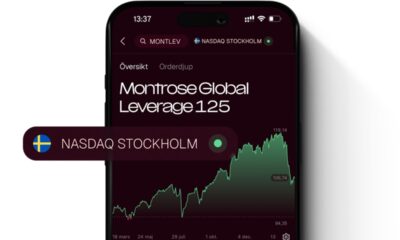
 Nyheter3 veckor sedan
Nyheter3 veckor sedan
 Nyheter3 veckor sedan
Nyheter3 veckor sedan
 Nyheter2 veckor sedan
Nyheter2 veckor sedan
 Nyheter3 veckor sedan
Nyheter3 veckor sedan
 Nyheter2 veckor sedan
Nyheter2 veckor sedan
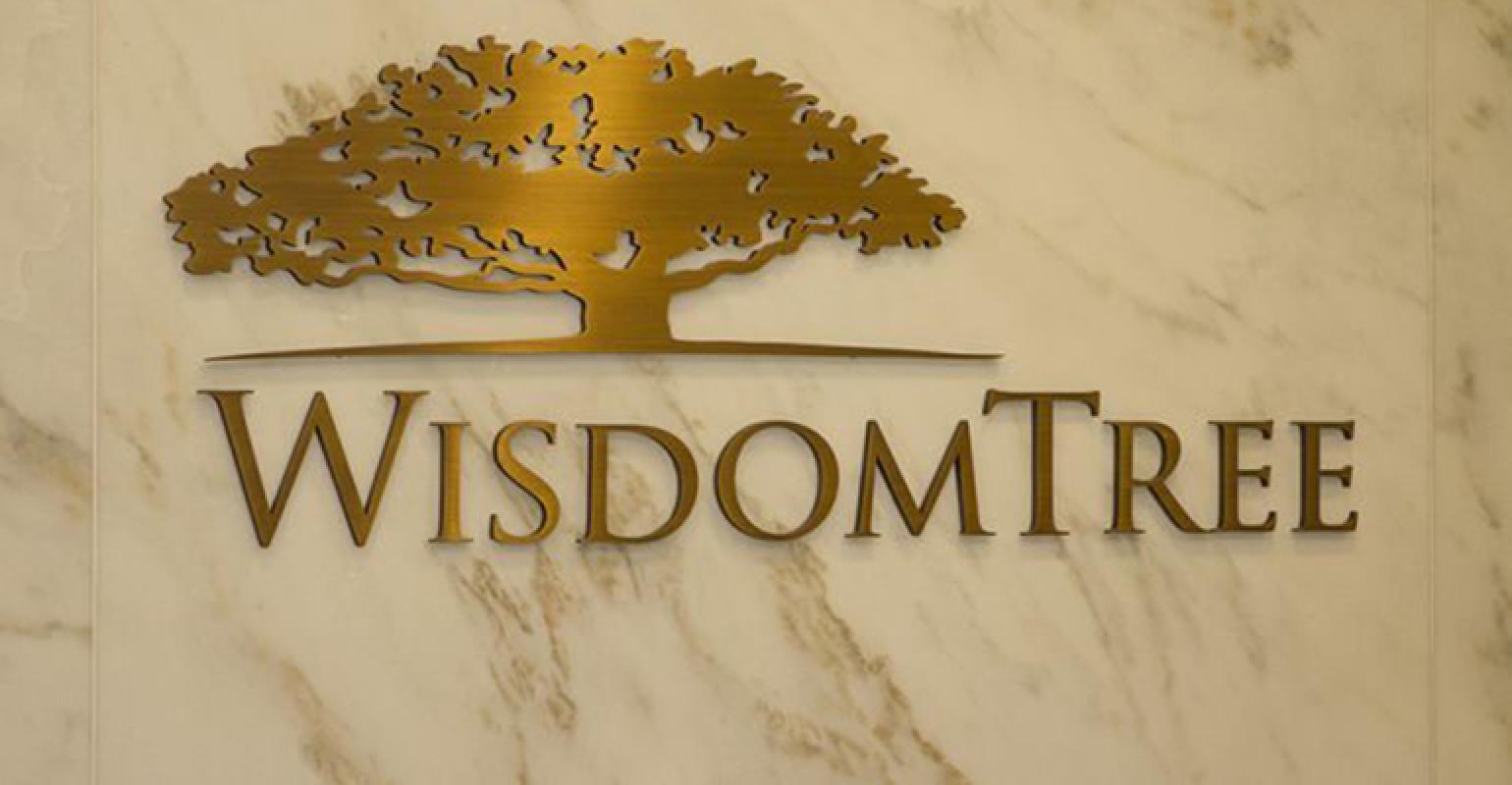





![36% of 800 professional investors surveyed by WisdomTree noted ‘diversification’ as their primary reason for holding gold[1]. Our analysis shows that gold has a low correlation with both equities and bonds and, thus, should contribute strongly to a diversification effort.](https://media.etfmarknaden.se/2025/01/Wisdomtree-400x240.jpg)
![36% of 800 professional investors surveyed by WisdomTree noted ‘diversification’ as their primary reason for holding gold[1]. Our analysis shows that gold has a low correlation with both equities and bonds and, thus, should contribute strongly to a diversification effort.](https://media.etfmarknaden.se/2025/01/Wisdomtree-80x80.jpg)


